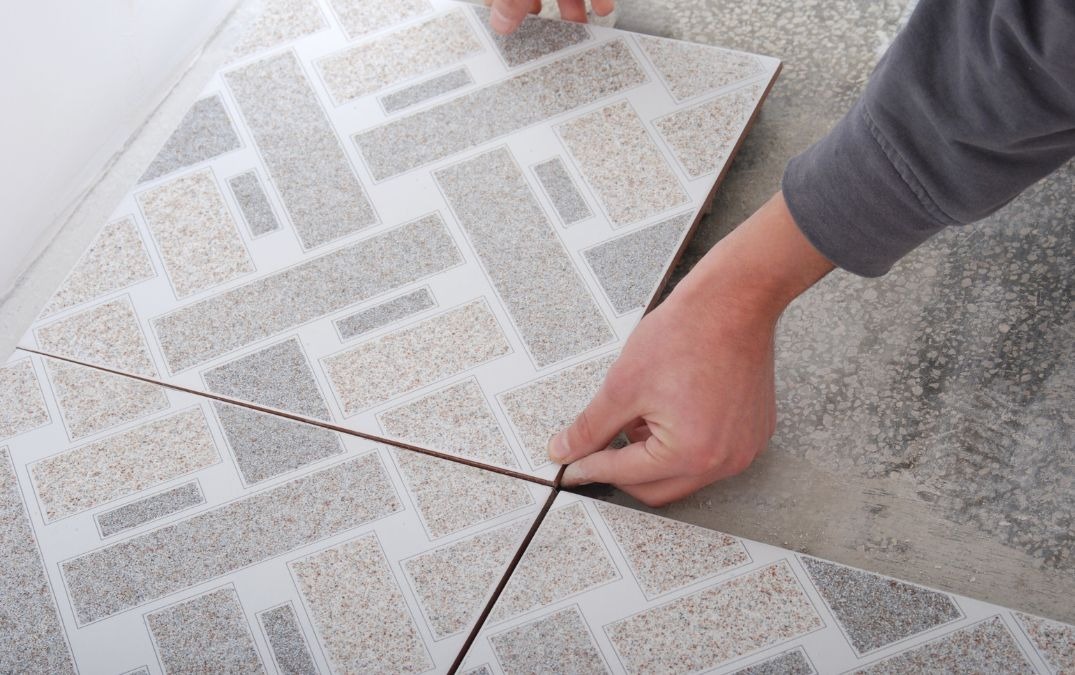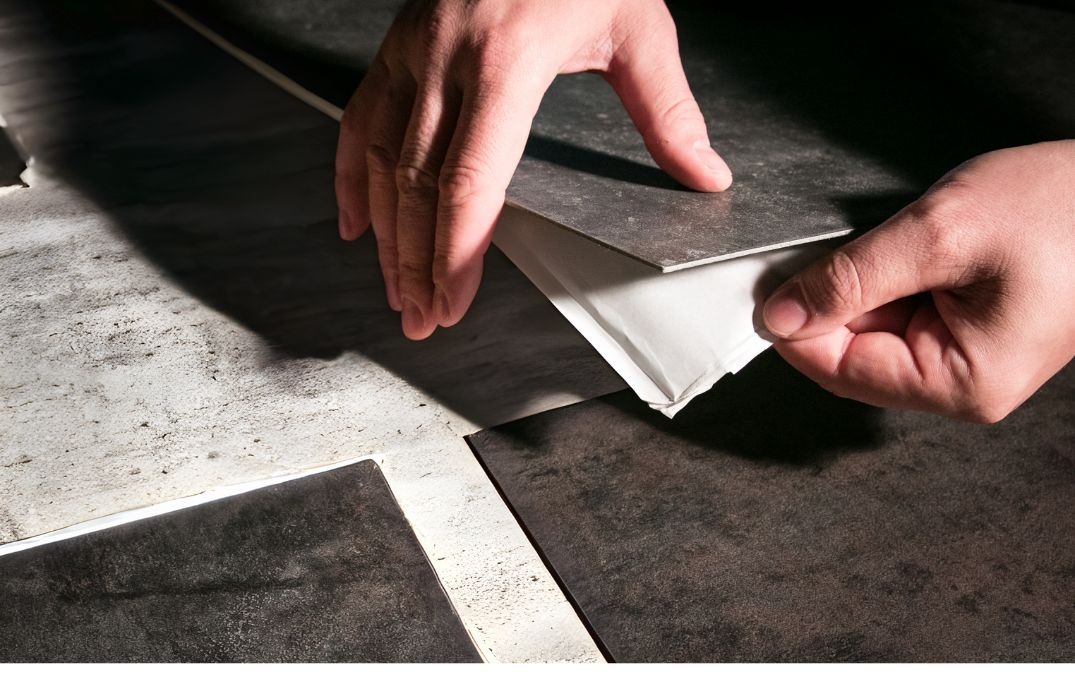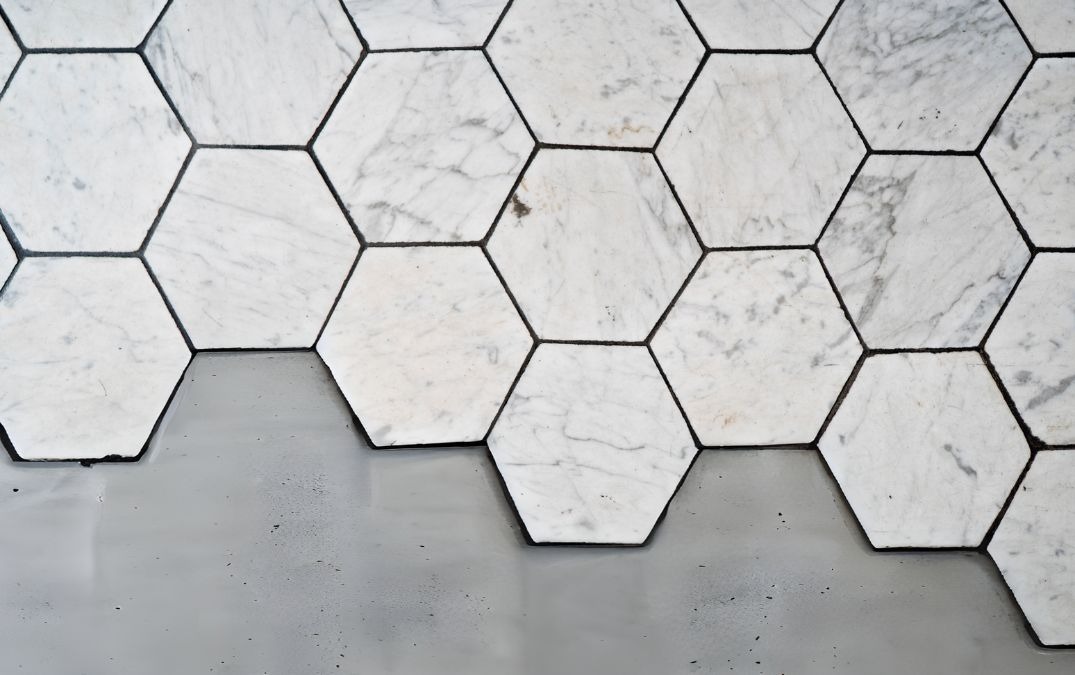To seal peel and stick tiles, start by thoroughly cleaning the tiles with a mild detergent and water, ensuring they are free from dust, dirt, and debris, and then let them dry completely. Choose an acrylic based sealer, which is ideal for providing a protective layer without yellowing. Using a paint roller or brush, apply the sealer evenly across the surface of the tiles, starting from one corner and working your way out to ensure full coverage. For added protection, apply multiple coats, allowing each coat to dry completely before applying the next. Follow the manufacturer's instructions for drying times, which typically take 24-48 hours.
To add the finishing touches after sealing your peel and stick tiles, ensure the sealer is completely dry and the tiles have a consistent, smooth appearance. Trim any excess tile edges with a utility knife for a clean, precise fit, especially around corners and along walls. If there are any gaps between tiles, use a matching colour caulk to fill them, which helps prevent dirt and moisture from getting underneath. Finally, give the entire floor a once over to check for any missed spots or uneven areas in the sealer application, and touch up as needed.



